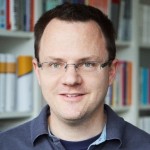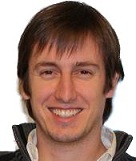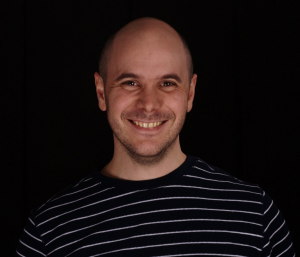The talk addresses the challenge of image and video visualization on mobile devices. Nowadays, mobile devices like tablets or smartphones are widely used for the capturing and the visualization of multimedia data. The resolution of the display and of the captured pictures does typically not match, and the image content is thus scaled down when presented. This may cause a significant loss in picture quality, where details are no longer recognizable. Also, scaling does not work well when the aspect ratios of the picture and the screen differ. Unnaturally stretched objects are a result. On the contrary, image and video retargeting techniques like seam carving or warping only modify non-relevant image areas and preserve the most important visual content.
The talk presents state-of-the-art algorithms for image and video retargeting. These methods identify and preserve important objects in images and videos, combine different retargeting operators, and – in the case of video retargeting – avoid temporal inconsistencies. Extensions for stereoscopic images and videos are discussed as well.
Short CV: Dr. Stephan Kopf received his diploma in business informatics (2000) and his Ph.D. in computer science (2007) both from the University of Mannheim (Germany). He completed his habilitation (postdoctoral lecture qualification) in 2012 and is currently working as senior researcher and lecturer at the Department of Networks and Multimedia at the University of Mannheim. His research focuses on multimedia content analysis, media retargeting, high dynamic range video, shape-based object recognition, and digital video watermarking. He has published over 80 refereed journal and conference papers in these fields. Dr. Kopf received the best paper award at the ACM Multimedia Systems conference in 2014. He served as technical program chair of ACM ICIMCS, as guest editor of MTAP, and on the program committee of several conferences and workshops. He is a member of IEEE, ACM and ACM SIGMM.




 Abstract: In this talk I’ll discuss some ideas about the reasons, both technical and business-related why we care about Quality of Experience (QoE). I’ll present some results related to QoE-driven network and application-level management, and first steps into economically exploiting QoE models, in particular concerning Service Level Agreements, as well as some enablers for doing so.
Abstract: In this talk I’ll discuss some ideas about the reasons, both technical and business-related why we care about Quality of Experience (QoE). I’ll present some results related to QoE-driven network and application-level management, and first steps into economically exploiting QoE models, in particular concerning Service Level Agreements, as well as some enablers for doing so.